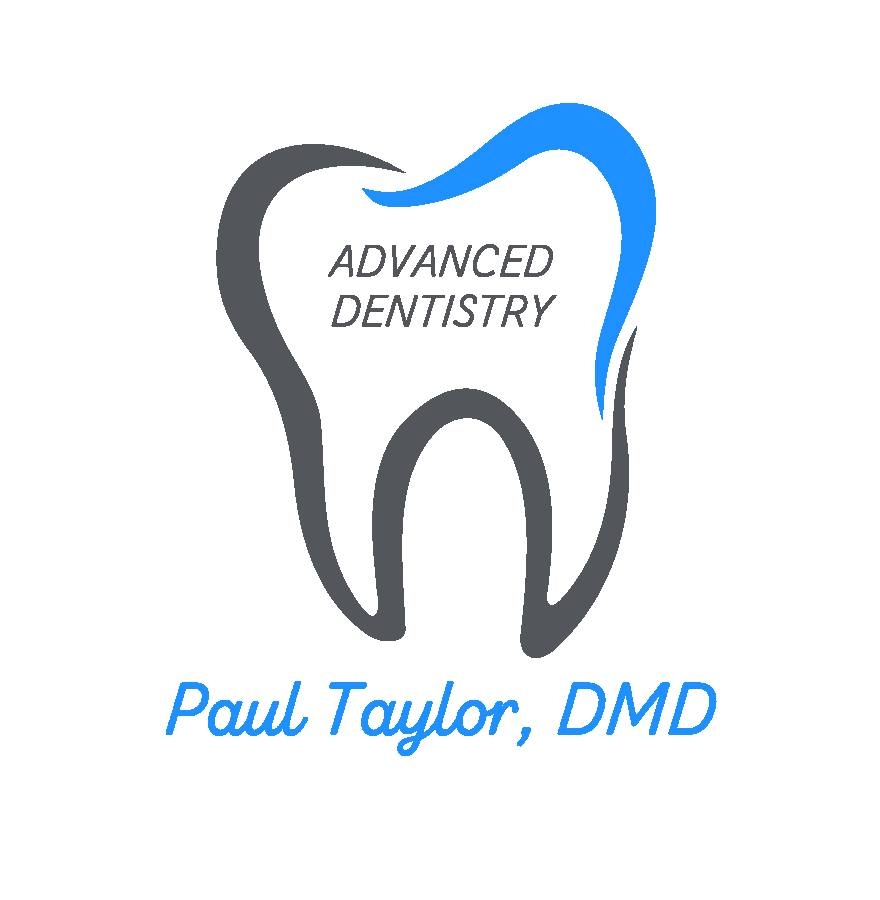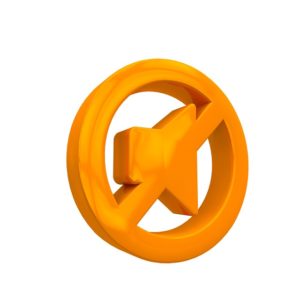Dentist in San Diego
 Normal flow of saliva provides lubrication for swallowing and begins the process of digestion while you chew. Saliva also protects your teeth by neutralizing and washing away acids, sugars, and other particles left behind after eating. From time to time, we all experience some amount of dry mouth. Hot weather, exercise, and dehydration can all cause a temporary decrease in saliva production. However, if you have chronic dry mouth, or xerostomia, you could be at risk of serious oral health complications.
Normal flow of saliva provides lubrication for swallowing and begins the process of digestion while you chew. Saliva also protects your teeth by neutralizing and washing away acids, sugars, and other particles left behind after eating. From time to time, we all experience some amount of dry mouth. Hot weather, exercise, and dehydration can all cause a temporary decrease in saliva production. However, if you have chronic dry mouth, or xerostomia, you could be at risk of serious oral health complications.
Some of the oral health issues commonly associated with dry mouth include:
- Much higher rates of tooth decay
- Oral yeast infection
- Bad breath (halitosis)
- Periodontal (gum) disease
- Constant sore throat
- Soft tissue infections
- Difficulty swallowing
- Denture discomfort
The most common cause of chronic dry mouth is medication. More than 400 over-the-counter and prescription medications include dry mouth as a frequent side effect. Dry mouth is also associated with stress, autoimmune and other systemic diseases, hormonal changes, radiation or chemotherapy treatment for cancers, and salivary gland disease.
You may find relief from dry mouth through a variety of methods. Some easy options to help alleviate your dry mouth include:
- Increased water intake
- Sugar-free candies or gum
- Artificial saliva, as recommended by doctor or dentist
- Alcohol-free mouthwash
- Limiting alcohol, caffeine, and carbonated soft drinks
- Use a humidifier to add moisture to the air in your home
- Change in medication, only as directed by doctor
Brush and floss regularly to help prevent tooth decay, gum disease, and other complications.
If you are experiencing dry mouth, make an appointment and be sure to tell our team. We will review your medications and perform a thorough dental exam to check for any potential underlying oral health issues.
For more information about dry mouth, contact our office.


 Periodontal (gum) disease is a progressive inflammation of the gum tissues. It is most frequently caused by bacterial infection. Left untreated, gum disease can have serious consequences for your oral and overall health. However, one of the biggest challenges for early detection and treatment of gum disease is its silence. Gum disease can often begin and progress with few or no symptoms until reaching an advanced stage.
Periodontal (gum) disease is a progressive inflammation of the gum tissues. It is most frequently caused by bacterial infection. Left untreated, gum disease can have serious consequences for your oral and overall health. However, one of the biggest challenges for early detection and treatment of gum disease is its silence. Gum disease can often begin and progress with few or no symptoms until reaching an advanced stage. X-rays, or radiographs, have long been used in dentistry. Traditional film x-rays are a safe and effective part of your dental care, but they do require a small amount of radiation. In our office, we utilize digital x-ray technology that provides the benefits of film imaging but uses up to 80% less radiation. With our advanced digital radiographs, we can view your teeth and surrounding structures with remarkable accuracy.
X-rays, or radiographs, have long been used in dentistry. Traditional film x-rays are a safe and effective part of your dental care, but they do require a small amount of radiation. In our office, we utilize digital x-ray technology that provides the benefits of film imaging but uses up to 80% less radiation. With our advanced digital radiographs, we can view your teeth and surrounding structures with remarkable accuracy. If carbonated soft drinks are part of your normal daily routine, you may be causing serious damage to your teeth. Recent studies have found soft drinks to be among the most potent dietary causes of tooth decay. Soft drinks have also been implicated in increases of obesity, type 2 diabetes, and other serious health conditions. Before you shop for beverages this week, consider a few things you should know about soft drinks.
If carbonated soft drinks are part of your normal daily routine, you may be causing serious damage to your teeth. Recent studies have found soft drinks to be among the most potent dietary causes of tooth decay. Soft drinks have also been implicated in increases of obesity, type 2 diabetes, and other serious health conditions. Before you shop for beverages this week, consider a few things you should know about soft drinks. Root canal, or endodontic, therapy treats inflammation or infection within the pulp of a tooth. If you are awaiting your first root canal treatment, you may feel anxious or uncertain. It can be difficult to separate myth from fact when trying to learn what to expect. Here is some useful information about root canal therapy and some common misperceptions you may encounter.
Root canal, or endodontic, therapy treats inflammation or infection within the pulp of a tooth. If you are awaiting your first root canal treatment, you may feel anxious or uncertain. It can be difficult to separate myth from fact when trying to learn what to expect. Here is some useful information about root canal therapy and some common misperceptions you may encounter. For decades, scientists have been studying the links between periodontal (gum) disease and heart disease. Over the years, research has continued to find strong correlations between these two inflammatory conditions. While there is work yet to be done, we have already discovered connections that may influence how we approach health care in the future. Consider a few key components of the gum disease – heart disease relationship.
For decades, scientists have been studying the links between periodontal (gum) disease and heart disease. Over the years, research has continued to find strong correlations between these two inflammatory conditions. While there is work yet to be done, we have already discovered connections that may influence how we approach health care in the future. Consider a few key components of the gum disease – heart disease relationship.
 It seems like there is a new headline nearly every week featuring someone who swears their teeth are whiter and brighter due to their natural home remedy for stain removal. These articles showcase the idea that whitening can be cheap and easy, if in some cases unpleasant. It can be tempting to consider trying for brighter, whiter teeth without investing time and money on in-office or at-home whitening under a dentist’s care. However, before you pin your hopes on one of these “natural whitening” methods, take a look at the truth behind some of the recent fads.
It seems like there is a new headline nearly every week featuring someone who swears their teeth are whiter and brighter due to their natural home remedy for stain removal. These articles showcase the idea that whitening can be cheap and easy, if in some cases unpleasant. It can be tempting to consider trying for brighter, whiter teeth without investing time and money on in-office or at-home whitening under a dentist’s care. However, before you pin your hopes on one of these “natural whitening” methods, take a look at the truth behind some of the recent fads.
